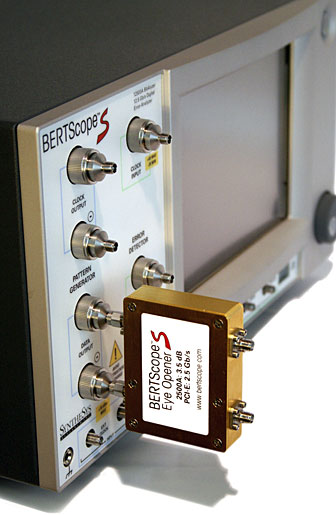
High-Speed Serial Bus De-Emphasis is a signal processing technique employed in high-speed digital communications. This method is crucial in managing signal integrity over serial buses like USB, SATA, or PCI Express. Key points about this technique include:
- Purpose: The primary goal of de-emphasis is to combat signal degradation, particularly high-frequency loss, which occurs as signals travel over cables or transmission lines.
- How It Works: De-emphasis reduces the amplitude of certain frequency components of a signal, particularly the higher frequencies. This reduction compensates for the natural tendency of cables to attenuate these higher frequencies more than lower frequencies.
- Signal Integrity: By applying de-emphasis, the signal at the receiver end maintains a closer resemblance to the original transmitted signal, thus improving signal integrity and reducing the error rate.
- Use in High-Speed Transmissions: This technique is especially important in high-speed data transmissions where maintaining signal quality over distance is challenging due to cable properties and environmental factors.
- Compatibility and Standards: De-emphasis is a standard feature in many high-speed serial interfaces and is compatible with various protocols, ensuring robust data transmission in diverse applications.
High-Speed Serial Bus De-Emphasis is an essential aspect of modern digital communication, ensuring reliable and high-quality signal transmission in various high-speed data interfaces.
 In 2007, BERTScope Eye Openers from SyntheSys Research provided convenient and easy-to-use conversion of conventional non-return to zero (NRZ) data to de-emphasized data signals used by a growing number of high-speed serial bus standards.
In 2007, BERTScope Eye Openers from SyntheSys Research provided convenient and easy-to-use conversion of conventional non-return to zero (NRZ) data to de-emphasized data signals used by a growing number of high-speed serial bus standards.
Conventional NRZ data is modified by a passive network to produce data in which bits, following the initial one or zero bit in a sequence with multiple bits of the same value, are attenuated by a prescribed amount.
De-emphasis, which is often used in test and validation vocabulary, and pre-emphasis, which is commonly used in IC design and simulation, results in the same waveform shape. Instead of considering successive bits of the same value to be attenuated with respect to the first bit, pre-emphasis considers the first bit in a series of ones or zeros as sent with larger drive level than those following.
De- or Pre-emphasized NRZ signals are used by the latest high-speed serial bus standards to enable longer transmission distances between devices by reducing the effect of intersymbol interference due to frequency dependent loss in printed circuit board channels.